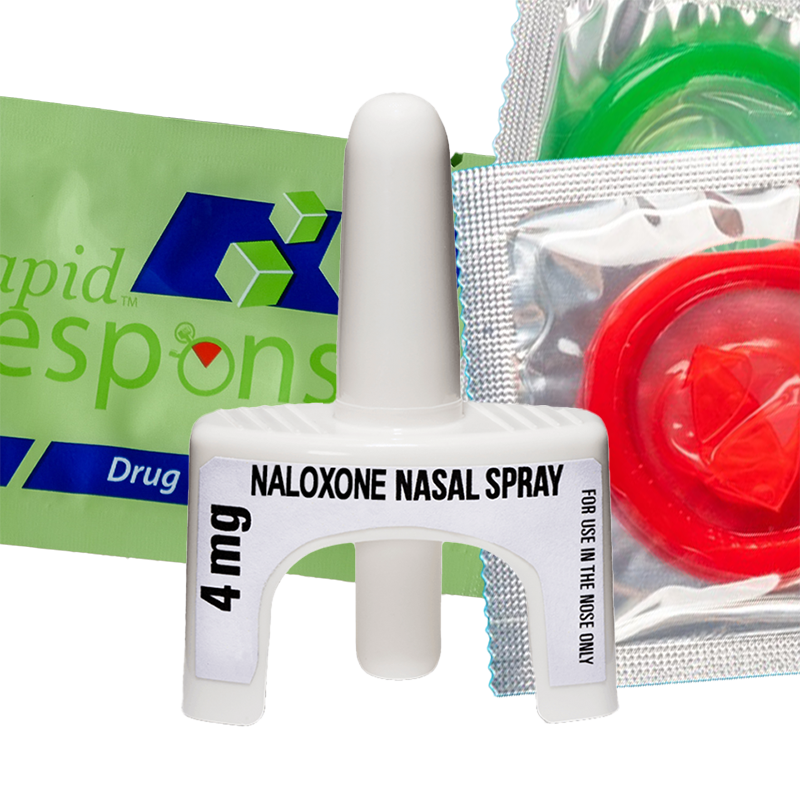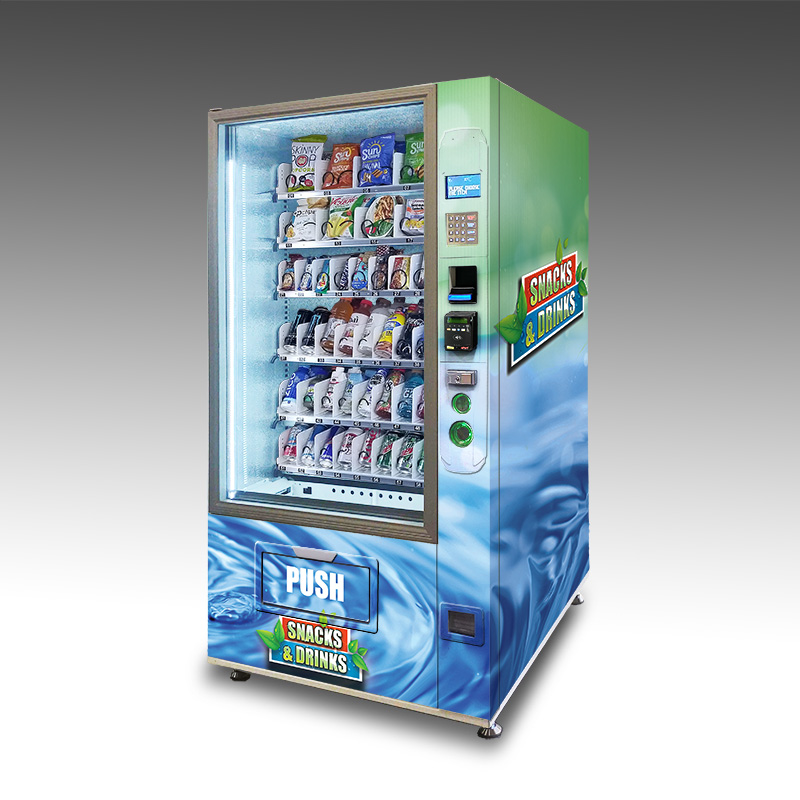Understanding Vending Machine Costs: What You Need to Know Before Your Investment
Investing in vending machines can be a lucrative endeavor, but it's crucial to grasp the intricacies of vending machine costs before committing your resources. According to a report from IBISWorld, the vending machine industry in the U.S. generated approximately $23 billion in revenue in 2023, highlighting its significant contribution to the retail sector. However, the initial costs associated with purchasing and maintaining vending machines can vary widely, influenced by factors such as machine type, location, and product selection. A recent survey indicated that the average vending machine costs between $3,000 to $10,000, depending on features and capabilities. Understanding these costs is essential to making informed decisions that maximize your investment and ensure profitability in this competitive market.

Understanding the Different Types of Vending Machine Costs
When considering an investment in vending machines, it's crucial to understand the various costs associated with them. The primary costs can be categorized into initial purchase price, operational expenses, and maintenance fees. According to IBISWorld, the average cost of a new vending machine can range from $3,000 to $10,000, depending on the type and technology included. For instance, healthy vending machines, which are gaining popularity, often come at a higher price point due to the specialized design and product offerings.
Operational expenses are another significant factor to consider, encompassing product inventory, electricity, and location leasing fees. The National Automatic Merchandising Association (NAMA) reports that operators can expect to spend between $1,000 to $2,500 for inventory stocking each month. Additionally, electricity costs for machines, especially those that refrigerate items, can add up, averaging around $20 to $50 per month per machine. Understanding these costs is integral to budgeting and ensuring profitable operations. By carefully evaluating both the initial and ongoing costs, investors can make informed decisions and optimize their vending machine business.

Breaking Down Initial Investment Requirements for Vending Machines
Investing in vending machines can be a lucrative venture, especially given the promising growth forecast for the global vending machine market. By 2024, the market is expected to reach a valuation of $7.01 billion, demonstrating a steady compound annual growth rate (CAGR) of 2.9% through 2032. This stability presents an appealing opportunity for investors looking to enter a relatively low-risk market. However, before diving in, understanding the initial investment requirements is crucial.
The smart vending machine segment is particularly noteworthy, with projections suggesting that its market size will grow from $46.77 billion in 2025 to an impressive $113.85 billion by 2033, translating to a remarkable CAGR of 11.76%. The advanced technology and flexible options offered by these machines can significantly impact initial capital outlays. Prospective investors should consider costs such as purchasing or leasing machines, inventory, placement fees, and maintenance expenses. Recognizing these initial investment requirements can help align expectations and ensure a successful entry into this evolving industry.
Vending Machine Initial Investment Costs
This chart illustrates the various initial investment costs associated with purchasing and operating a vending machine. The costs are broken down into five categories: the vending machine itself, initial stock for the machine, fees for securing a location, necessary licenses and permits, and estimated maintenance costs.
Ongoing Operational Costs: What to Expect Monthly
When considering an investment in vending machines, understanding ongoing operational costs is crucial for maintaining profitability. Monthly expenses can include restocking inventory, utilities, maintenance, insurance, and rental fees. According to a report by IBISWorld, the vending machine industry generates approximately $7 billion annually, with average monthly operational costs ranging from $200 to $500 per machine. This variation largely depends on location, product selection, and sales volume.
Tip: To minimize restocking costs, consider using a mix of high-demand and niche products tailored to your target demographics. Conducting market research in your area can help identify the most popular items, ensuring your machine is consistently stocked with products that sell well.
In addition to product inventory, maintenance can take a significant bite out of your budget. Regular checks and servicing are essential to keep machines operational and avoid costly breakdowns. The National Automatic Merchandising Association (NAMA) recommends budgeting at least 10% of your total revenue for maintenance costs to ensure your machines stay in top condition.
Tip: Partner with a reliable service provider for routine maintenance and repairs, which can help curb unexpected expenses and prolong the life of your machines.
Hidden Expenses in Vending Machine Ownership: A Cautionary Guide
When considering the investment in vending machines, it is crucial to be aware of the hidden expenses that often accompany ownership. Many first-time investors focus primarily on the initial purchase price of the machine and the products it will dispense. However, overlooked costs such as maintenance, insurance, and transportation can add up significantly over time. Regular servicing is required to ensure machines operate smoothly, and any faulty equipment may necessitate expensive repairs, which can quickly diminish profit margins.
Moreover, location fees are another hidden expense that can catch new operators off guard. Placing a vending machine in a high-traffic area often entails paying a percentage of the sales or a flat monthly fee to the property owner. Additionally, account management and restocking costs should be factored into the overall investment. These expenses can vary based on product selection and demand, making it essential for potential vending machine owners to conduct thorough research before making any commitments. By understanding and preparing for these hidden costs, investors can make more informed decisions that enhance their chances of success in the vending machine business.
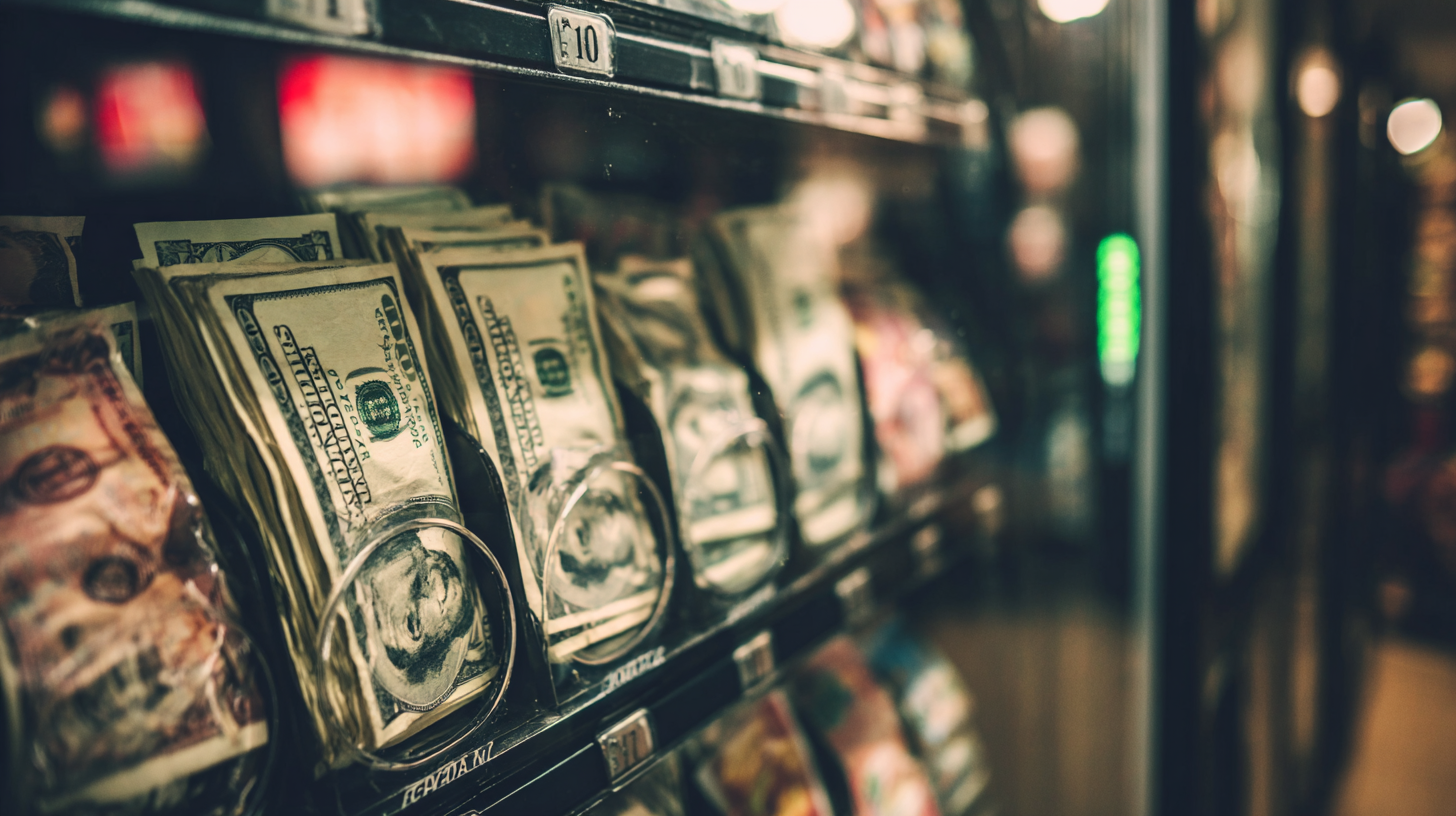
Maximizing Profitability: Balancing Costs and Revenue in Vending Machines
The vending machine business presents a lucrative opportunity for passive income, particularly with the industry's projected growth to a market size of $25.25 billion by 2025. To maximize profitability, one must carefully balance the initial costs of acquisition with potential revenue streams. Starting a vending machine business can require as little as $1,500, but it is advisable to save more for enhanced features, such as credit card payment systems, which can significantly increase sales by tapping into a larger customer base.
Understanding product placement and pricing strategies is crucial. Research indicates that vending machines can yield high cash flow if stocked with popular and high-demand items. Additionally, utilizing data analytics can optimize inventory management, ensuring that the right products are available to meet consumer preferences. By strategically managing operational costs and leveraging the growing trend of convenience, operators can enhance the revenue potential of their vending machines, transforming initial investments into robust passive income streams.
Understanding Vending Machine Costs: What You Need to Know Before Your Investment
| Cost Type | Estimated Cost (USD) | Frequency | Notes |
|---|---|---|---|
| Initial Purchase Cost | $1,000 - $5,000 | One-time | Varies by machine type and features |
| Stocking Costs | $150 - $300 | Monthly | Includes product purchase and replenishment |
| Location Rental Fee | $50 - $500 | Monthly | Dependent on the site and agreement |
| Maintenance Costs | $100 - $200 | Semi-annual | Repairs and general upkeep expenses |
| Utilities (Electricity) | $10 - $30 | Monthly | Based on usage and local rates |
| Insurance | $200 - $500 | Annually | Liability and property insurance costs |
Related Posts
-
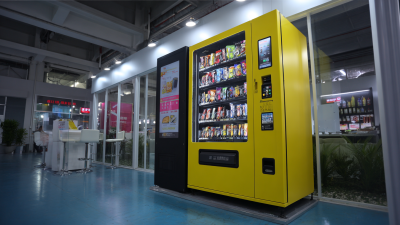
Exploring Opportunities in Owning a Vending Machine at the 138th Canton Fair 2025
-

Create Your Own Sweet Haven with Innovative Candy Machines at Home
-

Unlocking the Secrets of the Vending Business for Aspiring Entrepreneurs
-
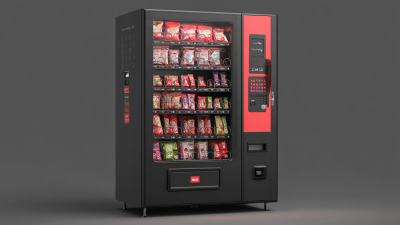
Unleashing Profits with a Unique Candy Vending Machine Business Model
-
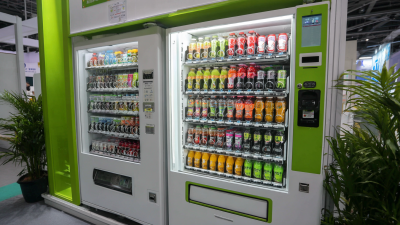
Exploring Healthy Vending Machine Franchise Opportunities at the 2025 China Import and Export Fair
-
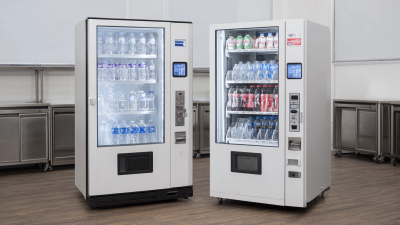
Unlocking Profits: How Ice Vending Machines are Revolutionizing the Beverage Industry









